In Mesopotamia ____ Symbols Developed Into The First Writing
The cradle of civilization, Mesopotamia, was the birthplace of many valuable inventions and discoveries. It was here that agriculture began. Irrigation and farming were commonplace in this area because of the fertile land between the Euphrates and Tigris rivers. The invention of agriculture made it possible for humans to stay in the same place for a longer period of time without depending on hunting.
The earliest form of writing was invented in Mesopotamia as were the first means of transportation: the chariot and the sailboat. Most innovative ideas that we take for granted today were invented or discovered in Mesopotamia. Here are the top 11 inventions and discoveries of ancient Mesopotamia:
11. The Wheel
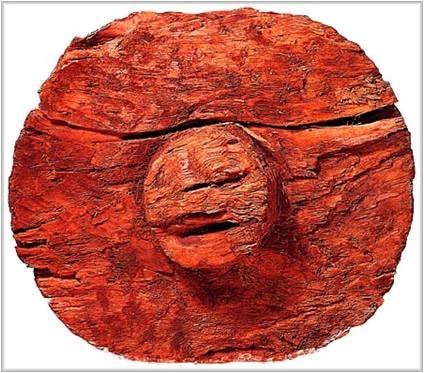
The first wheel wasn't used for transportation. The wheel was first invented as a potter's wheel and was believed to have existed around 3500 BC.
Even though the wheel is believed to have first existed in ancient Mesopotamia, the oldest wheel named the Ljubljana Marshes Wheel was discovered in Ljubljana, the capital of Slovenia, in 2002 and dates back 5,150 years.
The wheel was used as a luxurious form of transportation for the wealthy, but was also used for irrigation, pottery making, and milling. The invention of the chariot and other important innovations in history were based on the invention of the wheel.
10. The Chariot
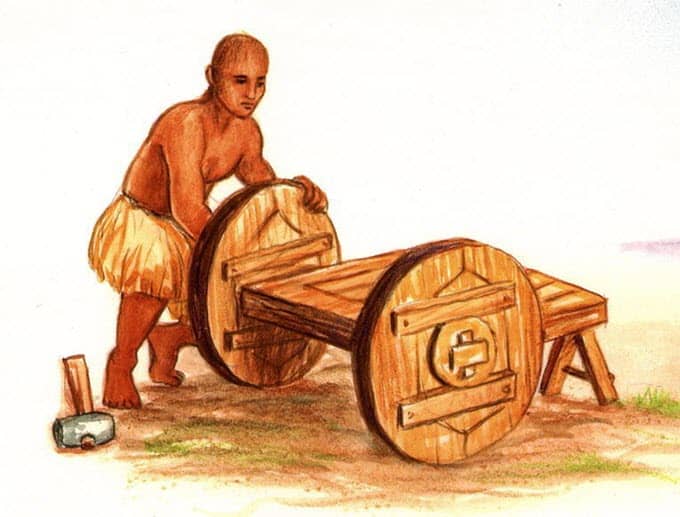
Over time, humans learned to domesticate horses, bulls, and other useful animals and the invention of the chariot or carriage followed on from their domestication. The chariot was the first means of personal transportation, and has been used for years in warfare, sport, and for general use. The structure of the earliest chariots was from light wood with a bentwood rim. The first chariot appeared around 3200 BC in Mesopotamia and was adopted by almost every civilization until motorized transportation came into existence. Chariots were mainly used for personal transportation by royalty and the wealthy.
9. The Sailboat
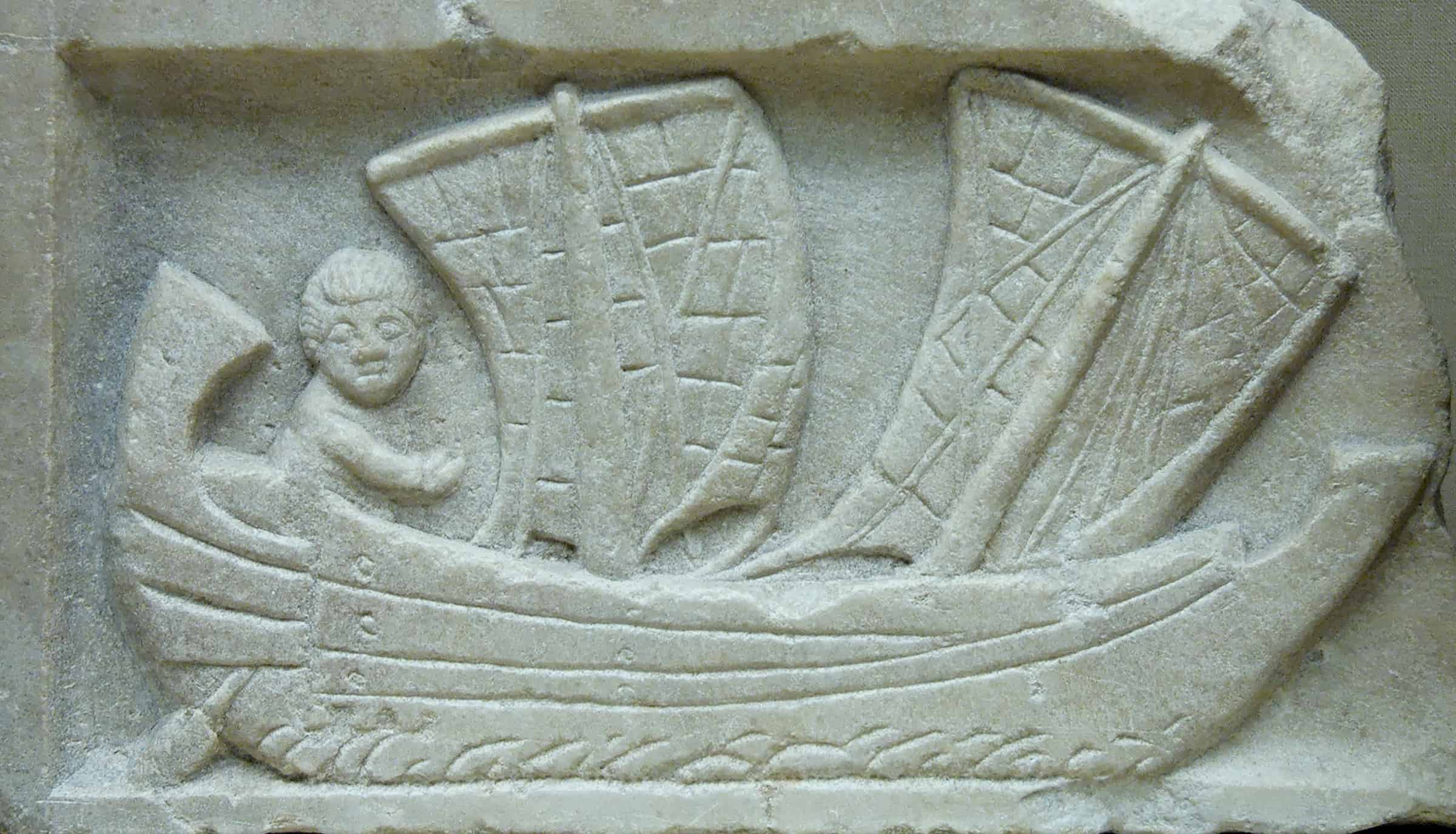
Transportation by land was difficult and took an enormous amount of time. The Sumerians realized that transportation via sea would be a lot easier and more convenient. The first boat was invented and used on rivers and needed to be navigated by humans. The first sailboat was a simple, primitive design and aided in trade and commerce. It was initially used to cross the Tigris and Euphrates rivers for fishing and to explore other areas.
The primitive sailboat was square in shape and the sail was made of cloth. The direction of the sailboat couldn't be changed. If the wind didn't blow in the direction they wanted to go, they had to wait for the wind to change in their favor.
8. The Plow
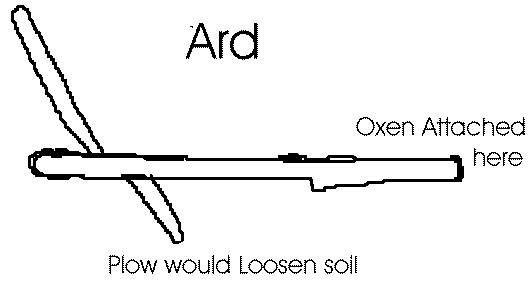
Humans learned to domesticate animals and use them to make daily life easier. In Mesopotamia, man first harnessed the ox and developed the first plow called the "ard." The earliest plow was made of wood and was very heavy. The major problem with the plow was that the dirt would stick to it and needed to be removed manually. It also did not work in thick grass. The invention of the plow in Mesopotamia helped the hunter-gatherer groups to stay in the same place and use agriculture for food rather than hunting.
7. Time
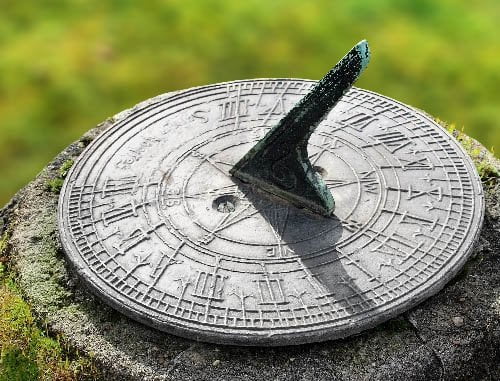
The Mesopotamians developed the concept of time, dividing time units into 60 parts, which eventually led to 60-second minutes and 60-minute hours. The Babylonians made an astronomical calculation in the base 60 system inherited from the Sumerians. The number 60 was chosen because it was easily divisible by six.
6. Astronomy and Astrology
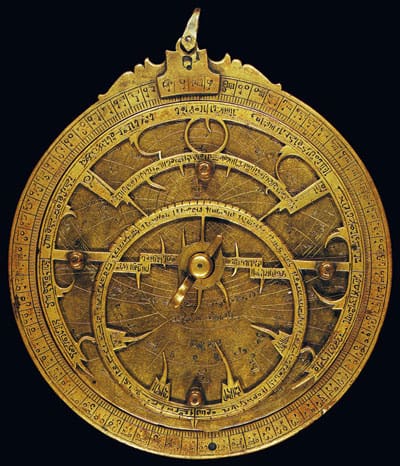
The concept of astrology was developed during the Sumerian period when even everyday incidents had a spiritual meaning. It was believed that every good or bad thing happened for a reason.
Ancient astrologers observed the location of the planets and advised people in high social or political positions according to these observations. Astronomical mythology, like the concepts of the constellations such as Capricorn, Leo, and Sagittarius, was handed down to the Greeks by the Sumerians and Babylonians and is still in use today.
The constellations were also used in day-to-day activities. They were relied upon to mark the seasons for harvesting or sowing crops. They also mapped the movement of the sky, the sun, the stars, and the moon, and were used to predict celestial events like eclipses.
5. The Map
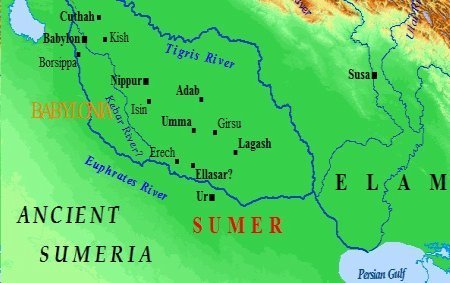
The oldest map was discovered in Babylonia around 2300 BC. Ancient cartography used in Babylonia were simple sketches on clay tablets. One clay map discovered in Mesopotamia illustrates the Akkadian region of Mesopotamia (present-day northern Iraq). It covers a small area and was mostly used as a city map for military campaigns, hunting, and trading.
Even though the map was first invented in Mesopotamia, Greek and Roman cartography became more advanced and the concept of a spherical earth developed by the Greek philosophers in 350 BC allowed geographers to develop the map further.
4. Mathematics
When the civilization began to flourish, people started to trade and they needed an accurate system to count the goods that they gave and received. The Sumerians were the first people on earth to develop the concept of counting.
They also developed the sexagesimal system, or base 60. The sexagesimal system helped to develop concepts like the 360-degree circle and the 12-month year.
They used 12 knuckles to count on one hand and another five fingers on the other hand. The Babylonians used base 6 (our modern system uses base 10), where digits in the left column represent large values.
The concept of zero was developed by the Babylonians. People understood the value of having nothing, but the concept of numerical zero wasn't invented before then. Many scholars believed that the concept of zero was developed by the Babylonians and followed and adapted by various civilizations throughout the world. Some also argue it was originally invented in India.
3. Urban Civilization
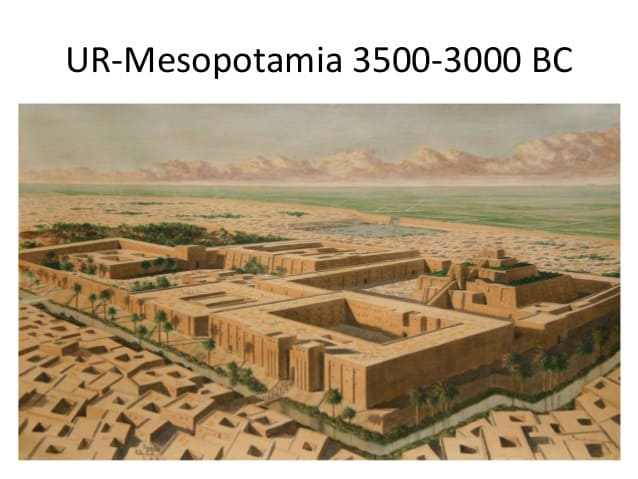
Often known as the cradle of civilization, Mesopotamian developed the concept of urbanization. For the first time in a history, humans started to settle in a specific place. The invention of agriculture made it possible to feed more people and animals living in a single location. People learned to trade, and the concept of taxes was developed.
Mesopotamia emerged as one of the first cities of the world to be built with sun-dried bricks. The urbanization in Mesopotamia started in the Uruk period (4300–3100 BC) and the largest settlement in the history of mankind ever to be built was done so using monumental mud-brick buildings around 3200 BC. The city was surrounded by huge walls built by King Gilgamesh.
2. The First Form of Writing: Cuneiform
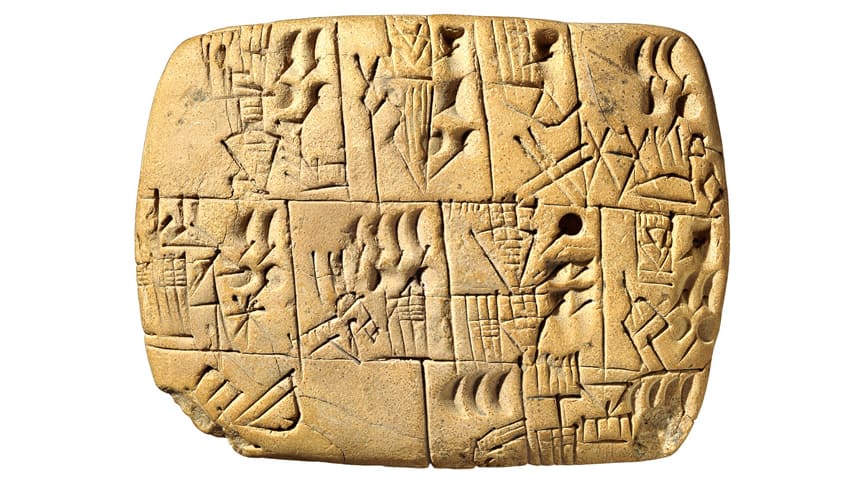
The Sumerians developed the first form of writing called "cuneiform" to maintain business records. It was mostly used in trade, where merchants recorded information such as the amount of grain traded. The Mesopotamians also used writing to record daily events like astronomy.
Cuneiform evolved as a simple pictograph. For instance, the pictograph for a horse might be a small image of a horse. The writer had to drag the tip of a stylus across wet clay to create a shape. It was hard to remember every character and it would take 12 years for a person to learn to write in cuneiform.
The symbols were reduced to 600 words by 2900 BC and scribes (people who were hired to write) eventually changed the writing from a drawn image to a stamp or imprint using a reed stylus with a wedge-shaped tip. Cuneiform script was used by the Assyrians, Elamites, Hittites, Babylonians, and Akkadians for about 3,000 years.
1. Agriculture and Irrigation
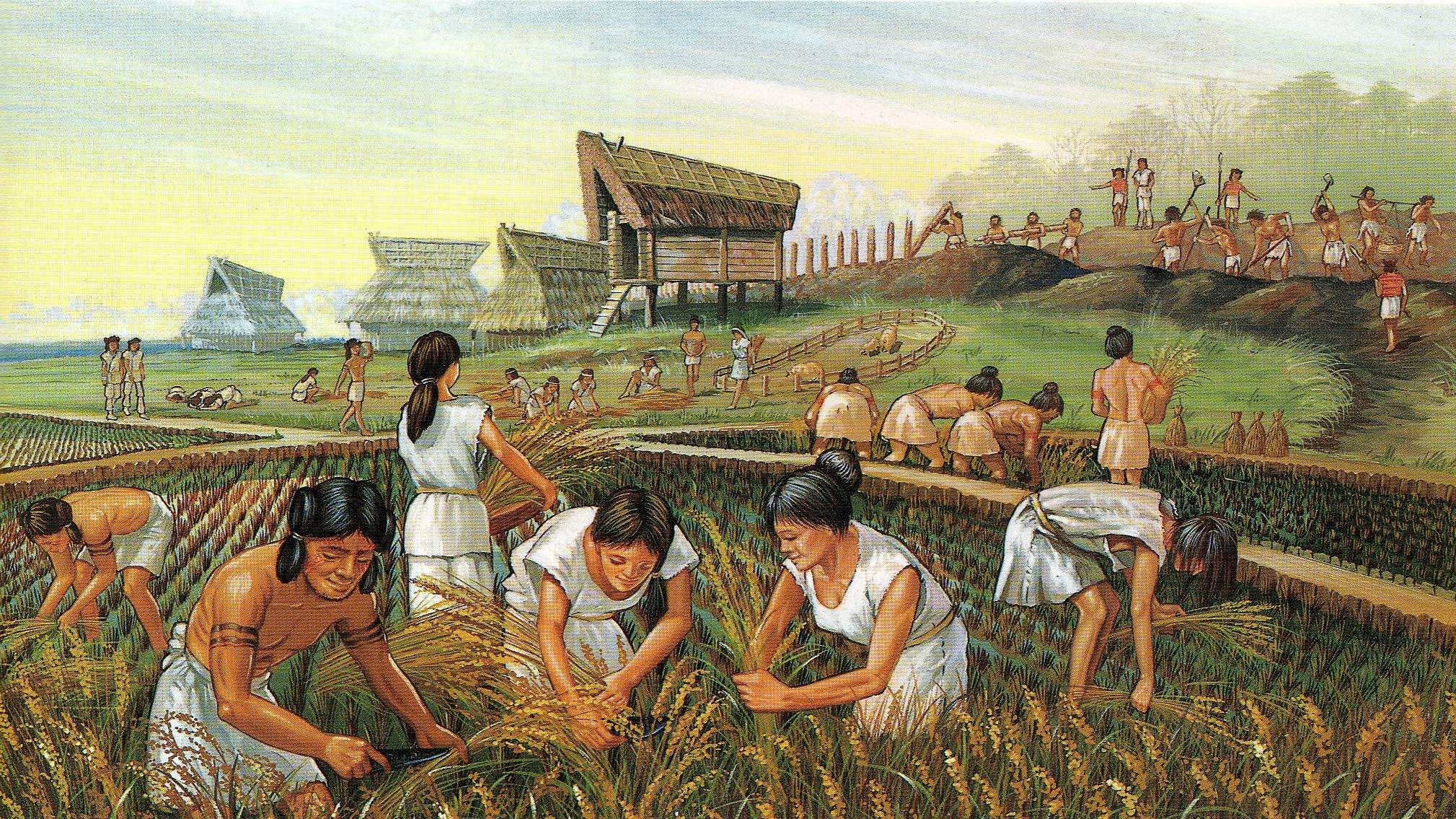
Ancient Mesopotamian farmers cultivated wheat, barley, cucumbers, and other different foods and vegetables. They used stone hoes to plow the ground before the invention of the plow.
The Tigris and the Euphrates rivers that surrounded Mesopotamia made irrigation and farming a lot easier and more convenient. The Mesopotamians learned to control the flow of water from the river and used it to irrigate crops. During the main growing season, the flow of water was properly regulated. Each farmer was allowed a certain amount of water which was diverted from a canal into an irrigation ditch.
Conclusion
Most of the inventions and discoveries of the ancient Mesopotamians became more advanced in later civilizations. However, Mesopotamian inventions led to very basic things that were needed for humans to settle in a group such as writing, agriculture, and urban civilization.
Learn the inventions of other civilizations:
- Top 10 Ancient Roman Inventions
- Top 10 Inventions and Discoveries of Ancient Greece
- Top 18 Ancient Chinese Inventions and Discoveries
- Top 10 Inventions of the Mayan Civilization
- Top 10 Inventions and Discoveries of Ancient Egypt
In Mesopotamia ____ Symbols Developed Into The First Writing
Source: https://www.ancienthistorylists.com/mesopotamia-history/top-11-inventions-and-discoveries-of-mesopotamia/
Posted by: davissurprood1941.blogspot.com

0 Response to "In Mesopotamia ____ Symbols Developed Into The First Writing"
Post a Comment